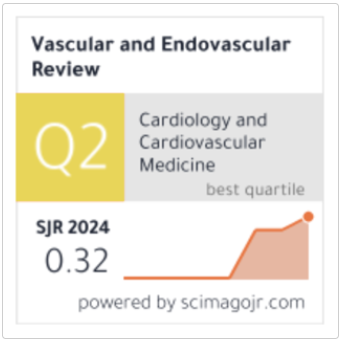AI-Assisted Physiotherapy for Improving Functional Outcomes in Peripheral Arterial Disease Patients
Keywords:
Peripheral Arterial Disease (PAD), AI-Assisted Physiotherapy, Wearable Sensors, CNN-LSTM, Gait Analysis, Functional Outcomes, Rehabilitation, Personalized Exercise, Digital Health.Abstract
Ischaemic pain and poor blood flow to the lower limbs make Peripheral Arterial Disease (PAD) a big problem for movement and quality of life. Even though conventional physiotherapy works in the long term, it is hard to get to, people don't always stick with it, and there isn't real-time control. This paper suggests a strategy for AI-assisted physiotherapy that combines wearable sensors, deep learning analytics, and adaptive exercise progression to help people with PAD become more functional. The system uses IMU and heart-rate monitors to record information about how people walk and their bodies. This information is then processed by a CNN-LSTM hybrid model to figure out how good the walking is and how tired the person will be. Real-time feedback and personalised exercise changes make sure that training is safe and success is made based on each person's performance. Twenty people took part in a 12-week pilot study that showed big changes in the 6-Minute Walk Test (6MWT) (30%), Pain-Free Walking Distance (PFWD) (55%), Ankle-Brachial Index (ABI) (10%), and Walking Impairment Questionnaire (WIQ) scores (30%) compared to regular home-based exercise. The system had a System Usability Scale (SUS) score of 84.5 and a classification accuracy of 94.2%, which showed that it could be used in clinical settings and be accepted by users. The results show that AI-guided rehabilitation could provide personalised, data-driven physiotherapy for PAD, bridging the gap between care in a clinic and treatment at home.








